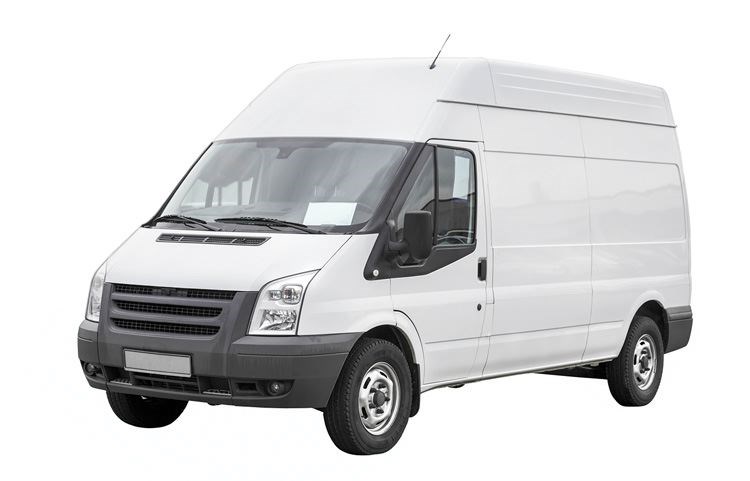Fifteen-passenger vans like the one that carried members of a local high school volleyball team when it went off the road last week are as technically safe as any other large-passenger vehicle, according to a 2013 study.
The Canadian Council of Motor Transport Administrators (CCMTA), a federal-provincial body that makes recommendations on transportation policy, found the vans are "not less stable or more prone to roll over than other vehicles with similar capacities."
The study was carried out in the wake of several fatal crashes in Canada, particularly the 2008 deaths of seven New Brunswick high school basketball players and the coach's wife in a collision with a tractor trailer in a snowstorm.
A New Brunwick MP consequently tabled a private members bill in 2010 seeking a nationwide ban on using the vans to transport students which, in turn, prompted the review by the CCMTA.
In part, it included a look at a Transport Canada comparison testing for a series of vehicles including 15-passenger vans, a 30-seat school bus and a 21-seat Multi Function Activity Bus (MFAB) - a mini version of the school bus.
The tests found no comprehensive safety advantage for MFABs over 15-passenger vans in vehicle-handling ability, rollover risk and other factors. In some cases, "15-passenger vans performed marginally better than both school buses and MFABs," the CCMTA report says.
Only in a side-impact collision were MFABs found to be superior.
The CCMTA also found statistics in both Canada and the U.S. did not show the vans were involved in a disproportionate number of fatal collisions. It did note a higher number of rollovers in situations where there were fatalities but suggested that could be due to a high percentage of occupants not wearing seatbelts.
(Six of the dead in the Bathurst tragedy were not wearing seatbelts and a seventh was not properly restrained, according to the report).
The private members bill was never passed but in the aftermath, the CCMTA produced a set of safety guidelines, now on the B.C. Passenger Transporation Board website, for use of the vans.
Among the items emphasized, they set out special instructions for loading the vans, saying they should be loaded from back to front and when not full, passengers and cargo should be loaded in front of the rear axle. Proper attention should also be given to the condition of the tires.
It also reminds users that the driver must hold at least a class 4 license.
"When operating a 15-passenger van, it is important to recognize that these vans handle differently than passenger vehicles especially when fully loaded with people or luggage/equipment," the guidelines state.
As for school boards, it says they should "develop guidelines, policies and regulations for the safe
transportation of students and monitor compliance with them."
School District 57's student transportation and transport policy states the driver must hold a class 4 license, be at least 21 years old and have had three years driving experience. Qualified volunteers can get behind the wheel only with prior approval of the superintendent or assistant superintendent. Otherwise, the driver must be a professional.
Members of College Heights Senior Secondary girls volleyball team was heading to the AAA B.C. high school championships in Powell River on Nov. 27 when their van went off the road on Highway 97 just north of Cache Creek. Four were taken to hospital with injuries but later released.
Police suggest driver error played a role, saying the driver had veered to avoid an obstruction then overcorrected.
According to the CCMTA report, B.C. is among five provinces that allow the vans for daily trips to and from school - although Saskatchewan restricts their load to no more than eight pupils - and six that allow them for extracurricular trips. Five do not allow their use for any school-related trips, while five prohibit their use for trips to and from school.

.png;w=120;h=80;mode=crop)

